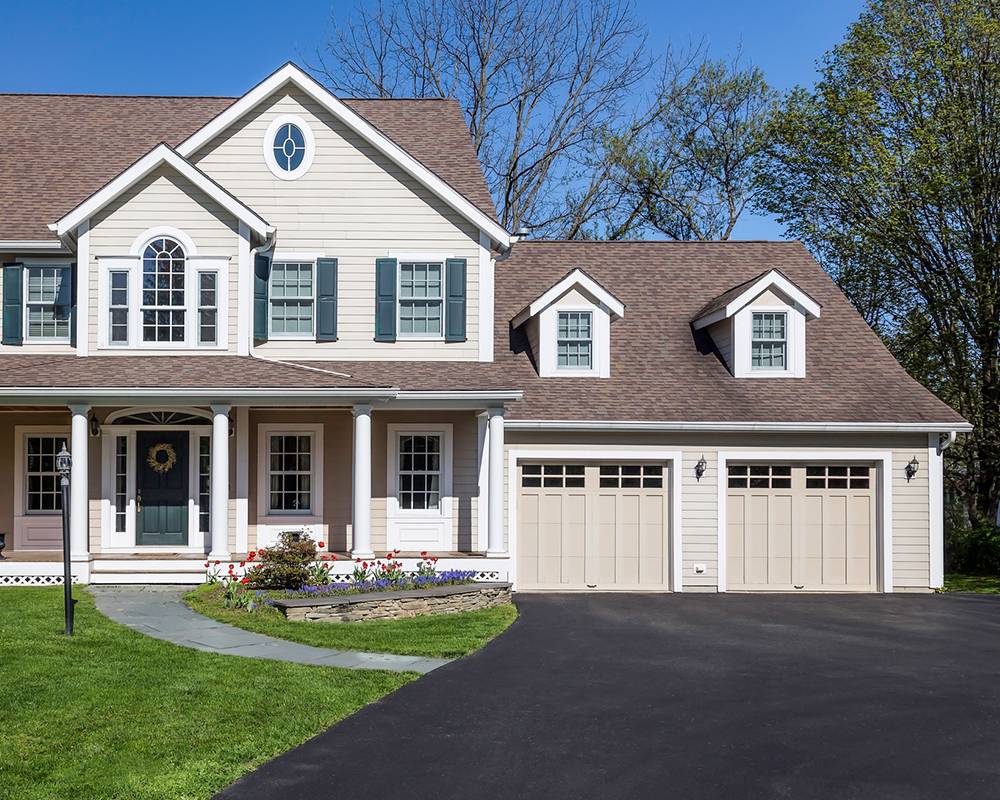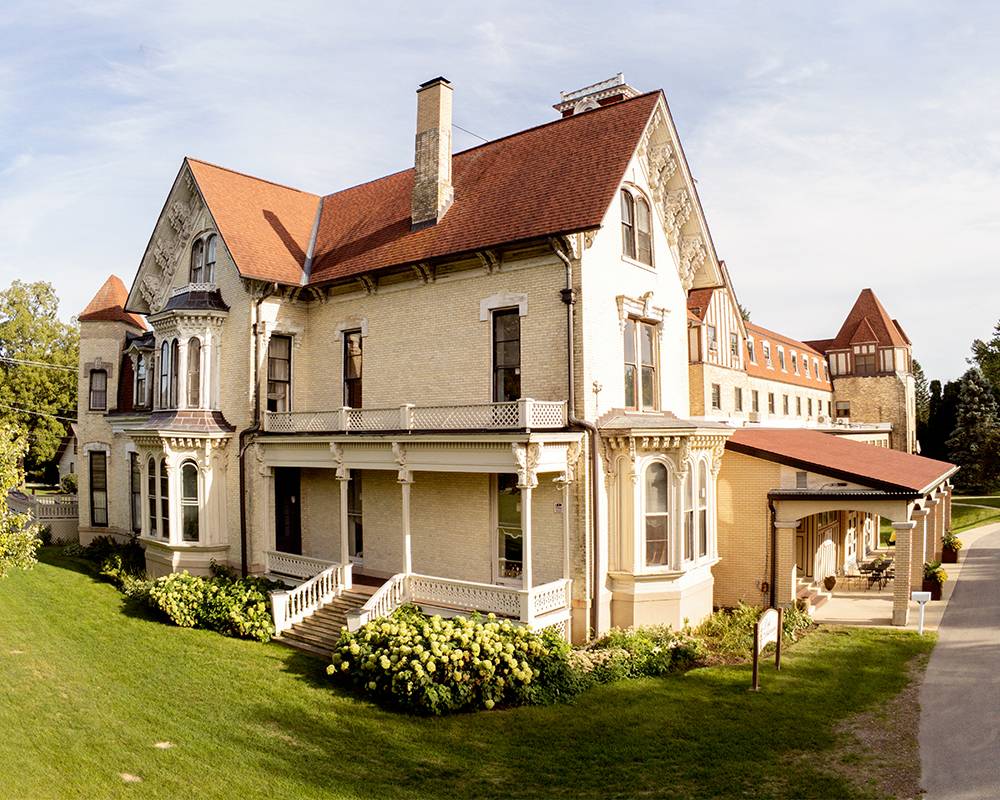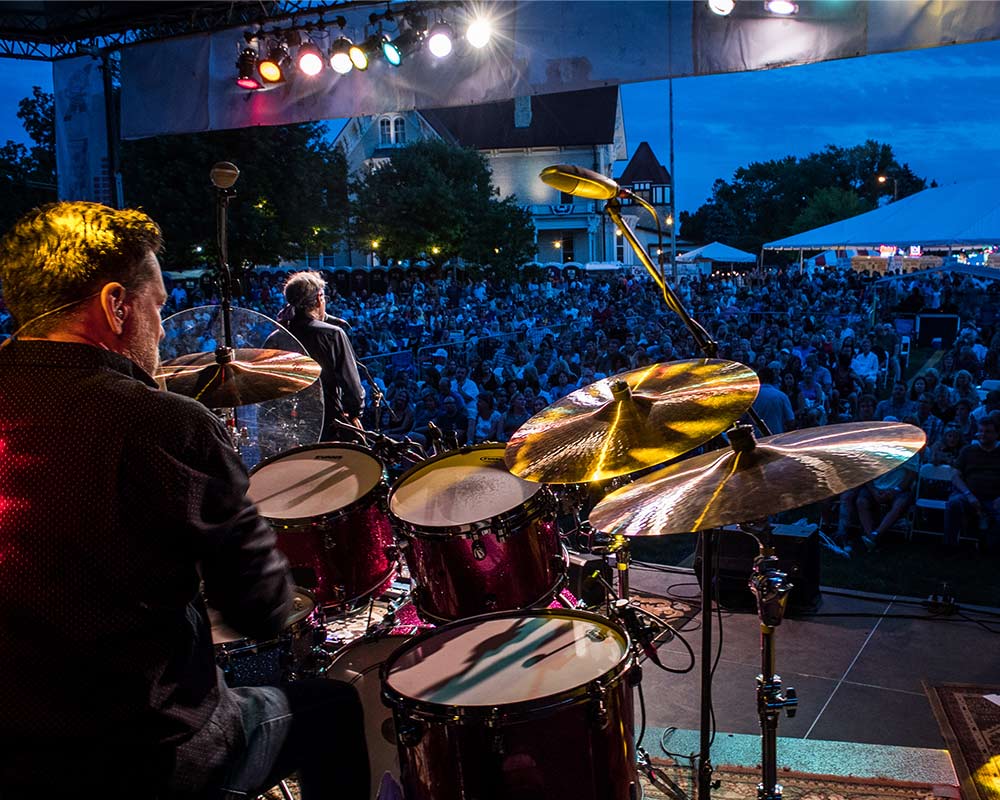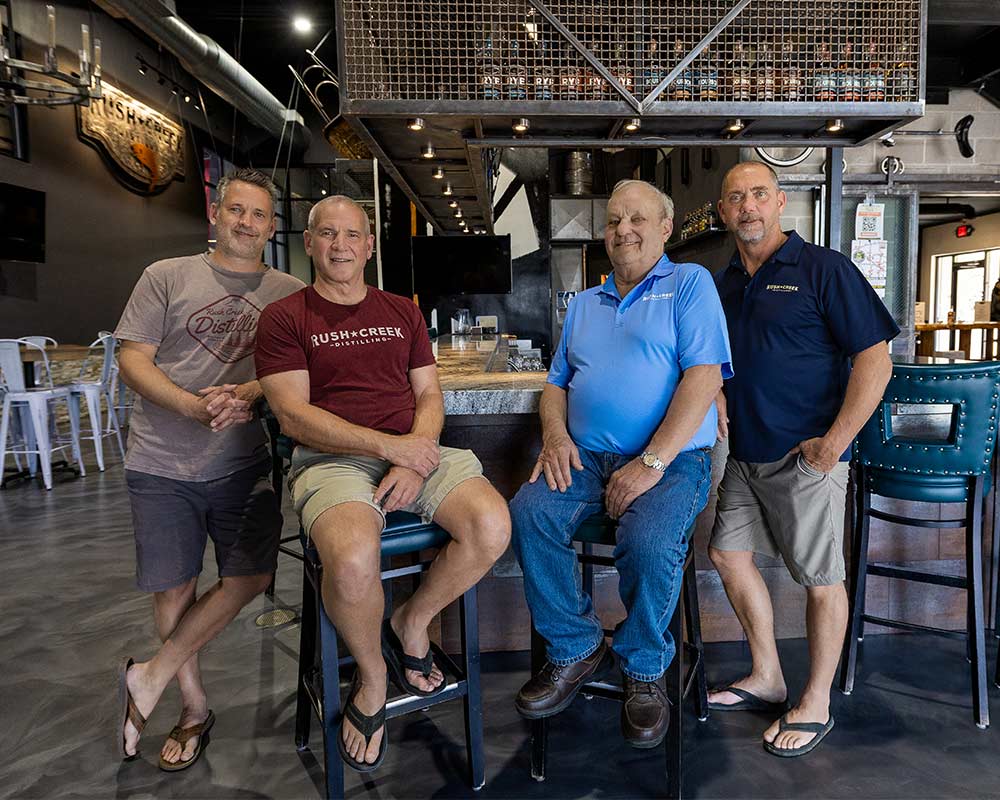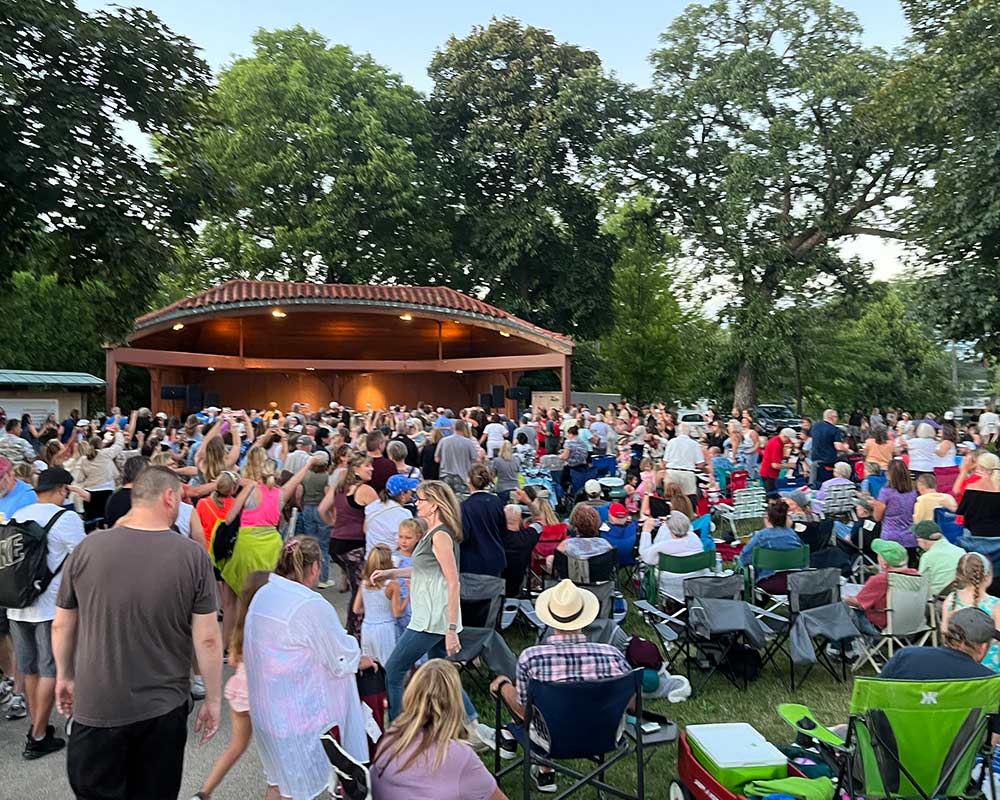People who are experiencing joint pain don’t want a sedentary lifestyle, so they may be cautious when considering joint replacement. It’s important to remember, though, that the field has advanced tremendously over the past decade. Parts are built to last longer, operations are designed to be less invasive, and recovery is now faster than ever before.
“People are very health care savvy these days; they know what they want,” says Dr. Marc Angerame, a fellowship-trained orthopedic surgeon at Barrington’s Illinois Bone and Joint Institute and Advocate Good Shepherd Hospital. “And joint replacement is something that’s going to allow people to live their lives.”
Long before someone goes under the knife, a specialist like Angerame will try to ease the pain of an aching joint through nonsurgical methods. Anti-inflammatories, cortisone injections and physical therapy can help to delay a surgical procedure. But when pain persists despite treatment, more-drastic measures become inevitable.
For knees, that involves removing the damaged surfaces of the knee joint and resurfacing with new components, which typically include a tibial (shin bone) component; femoral (thigh bone) component; and patellar (kneecap) component.
Similarly, in a hip replacement the damaged bone and cartilage are replaced with artificial components to re-create the ball and socket of the original joint.
“The plastic itself has gotten much more resilient,” Angerame says. “Patients shouldn’t, according to data, have to go back to the operating room in 10 to 15 years for a redo. We’re expecting a much longer longevity.”
Meanwhile, robotic-assisted surgical techniques are reducing the amount of tissue that’s affected. MRI and CT scans are making it easier to align the new joint, and anesthetic applications are making it easier for a patient to start walking the day of their operation.
“You’re up and walking hours after the operation because our pain management is better,” he says. “How the surgery is done – the efficiency – is better, leading to less pain. Recovery is faster.”
Advocate Good Shepherd Hospital is located at 450 W. Hwy. 22 in Barrington, (847) 381-0123.

